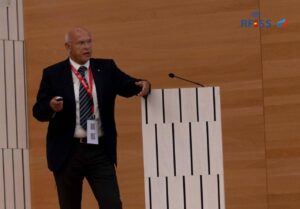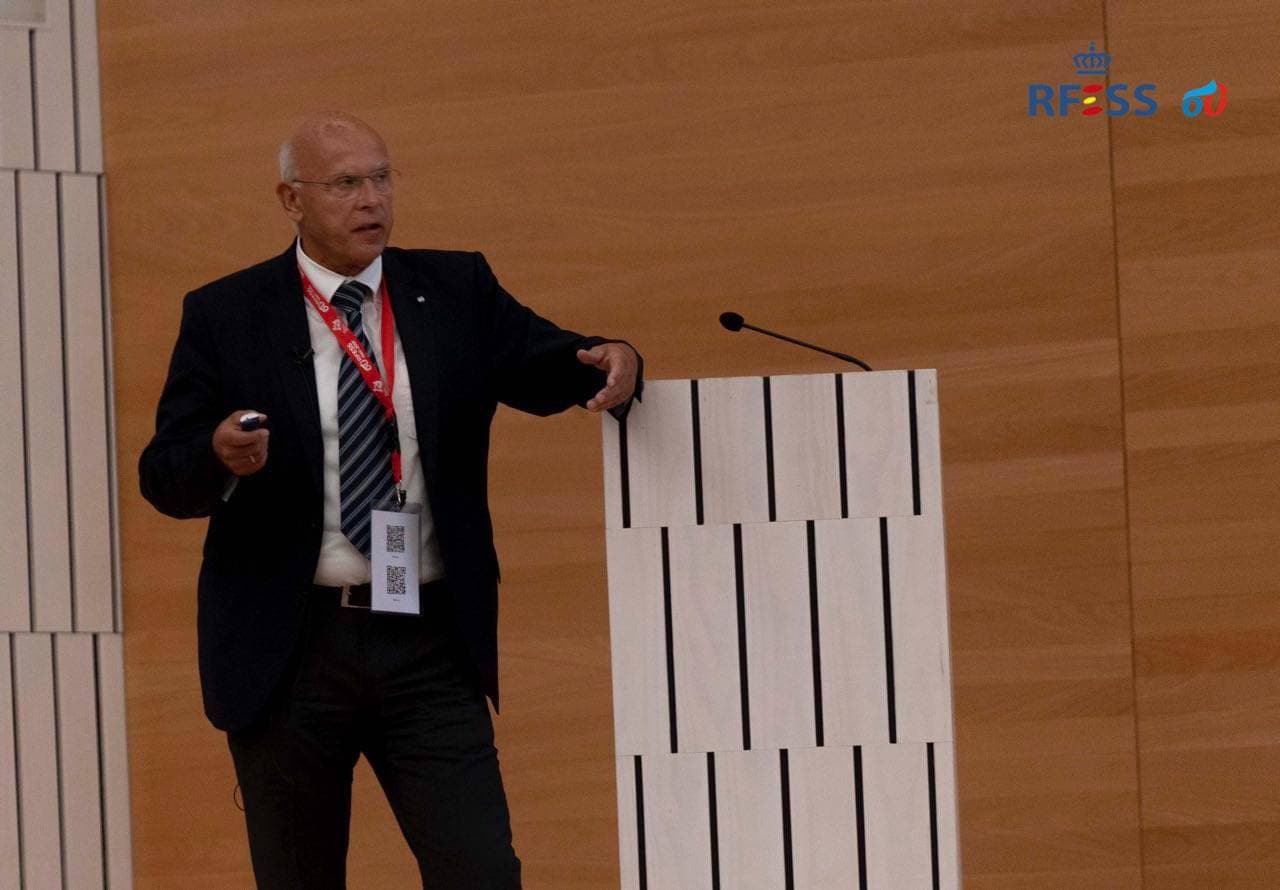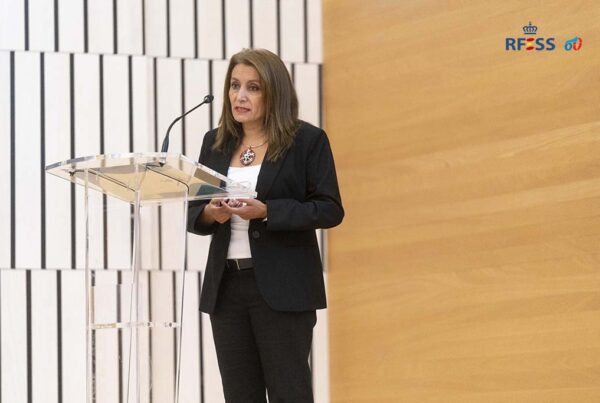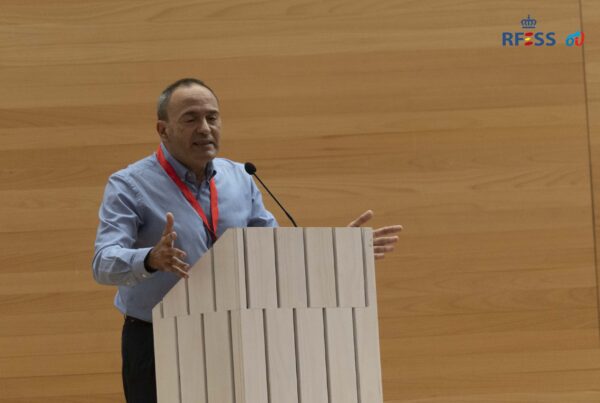
Dethlev Mohr, President of the European Lifesaving Federation (ILSE)
European Lifesaving Federation President warns that “drowning is a major killer for Europe”
Leading international speakers highlight drowning as a global problem
The European Lifesaving Federation President has stressed the need to reflect about drowning causes on the European continent in order to reduce it as far as possible. Mohr was speaking at the 3rd International Congress on Drowning Prevention (CIPREA) which is being held in Cordoba this weekend, and he reflected that the situation is even more serious in low-income countries.
On the other hand, experts in psychology have highlighted the “potentially stressful and high-impact” effects suffered by professionals who care for those affected by drowning.
The CIPREA, organised by the Spanish Lifesaving Federation, continued its program with various interesting presentations.
In the morning, emphasis was placed on the situation of “empathy burnout” suffered by rescue and emergency professionals when they identify to a great extent with those affected by incidents, as the professional’s actions “are marked to a greater extent by emotions than by their knowledge”, explained Jesús Miranda, a specialist in Emergency Psychology at the University of Málaga.
However, Miranda recommended that professionals should be coherent between their verbal messages and gestures in order to avoid suicides at the moment of trance and to transmit serenity: “It is not good to ask a person who is drowning to calm down, it will not help if our face reflects anguish,” he said.
He also called for the figure of the emergency psychologist on beaches and the need for psychological training for rescue professionals, as well as the inclusion of drowning prevention in the educational curriculum: “The culture of prevention is the great unresolved issue in this country”.
In the table of experiences coordinated by Alberto García Sanz, CIPREA Director, took part Hortensia Espitaleta, promoter of the Asalvo association in Colombia: “Training, education and awareness-raising are key“, she explained, while highlighting that in Colombia drowning has fallen from 346 to 150 children: “We will not stop until we reach zero“.
Francisco Cano, Prevention and Safety Director and spokesperson for Spanish Federation, highlighted the importance of the “personality” that professionals are able to demonstrate in emergency situations in which strength is required in order not to become mentally blocked.
This table of experiences included the emotional live testimony of Víctor Soro, father of a boy from Cordoba who suffers severe neurological sequelae as a result of falling into a swimming pool in the summer of 2017.
In the afternoon session, Jonathon Passmore, representing the World Health Organisation (WHO) in the European region, spoke. Passmore stressed that “beyond the data there are faces and people, stories of great impact and economic cost” caused by drowning.
Drowning figures are disparate around the world, with 64 times more drownings occurring in Haiti than in Luxembourg: “Ninety percent of drownings occur in low- and middle-income countries, but in high-income countries they are a major cause of death as well“.
In some Pacific countries in Asia, “drowning causes more deaths than tuberculosis or malnutrition in children under the age of 15″, he said. Lack of supervision of children, as well as flooding or failure to close wells, further increase drowning deaths in this area.
In countries with higher incomes, alcohol is “a major risk factor in drowning” and in the case of Europe, “four times more men than women die from drowning”.
Finally, he stated that “we must take into account the increased risk of drowning” that occurs in migrant movements. In this sense, the migratory flow makes Greece the country with the highest mortality rate in this context.
Dethlev Mohr, president of the European Lifesaving Federation (ILSE), has exposed visible differences in drowning rates in countries located in Eastern Europe, which have higher rates, as they have a lack of coordination that generates significant delays in emergency situations.
Mohr said that the difference between one area and another in Europe is due to the fact that risk assessment and prevention strategies are carried out in different areas in the EU.
On the other hand, Mohr asserted that each case of drowning is one case too many, all drownings are avoidable, and he recalled the overconfidence of the population of western Germany after being warned this summer that the flooding that caused 189 victims would occur. “Nobody wanted to believe it or imagine that the water would reach eleven metres above the normal level and sweep away houses”, he said.
Finally, Mohr congratulated the Federation for the promotion of the #StopDrowning programme.
At the Andalusian level, it was highlighted the “homogenisation” and “effectiveness” that the Decree Law 12/2020 of the Andalusian Regional Government is bringing about on the Andalusian coasts: “More than 80 percent of the municipalities are showing rescue plans that meet the criteria” of this decree law, assured Agustín Muñoz, Director General of Emergencies and Civil Protection of Andalusia, who explained that the general catalogue of beaches is a great step forward in the exhaustive knowledge of Andalusian beaches and in the real-time classification of danger, prohibition or free zone for bathing.
Finally, he highlighted the technological modernisation with tools such as an App that allows the simultaneous coordination of different emergency and security services or 112 location systems that detect the exact location of a possible drowning emergency, among other tools: “With a call from a mobile phone, you know the exact location of the person in danger“. 2021/10/15








